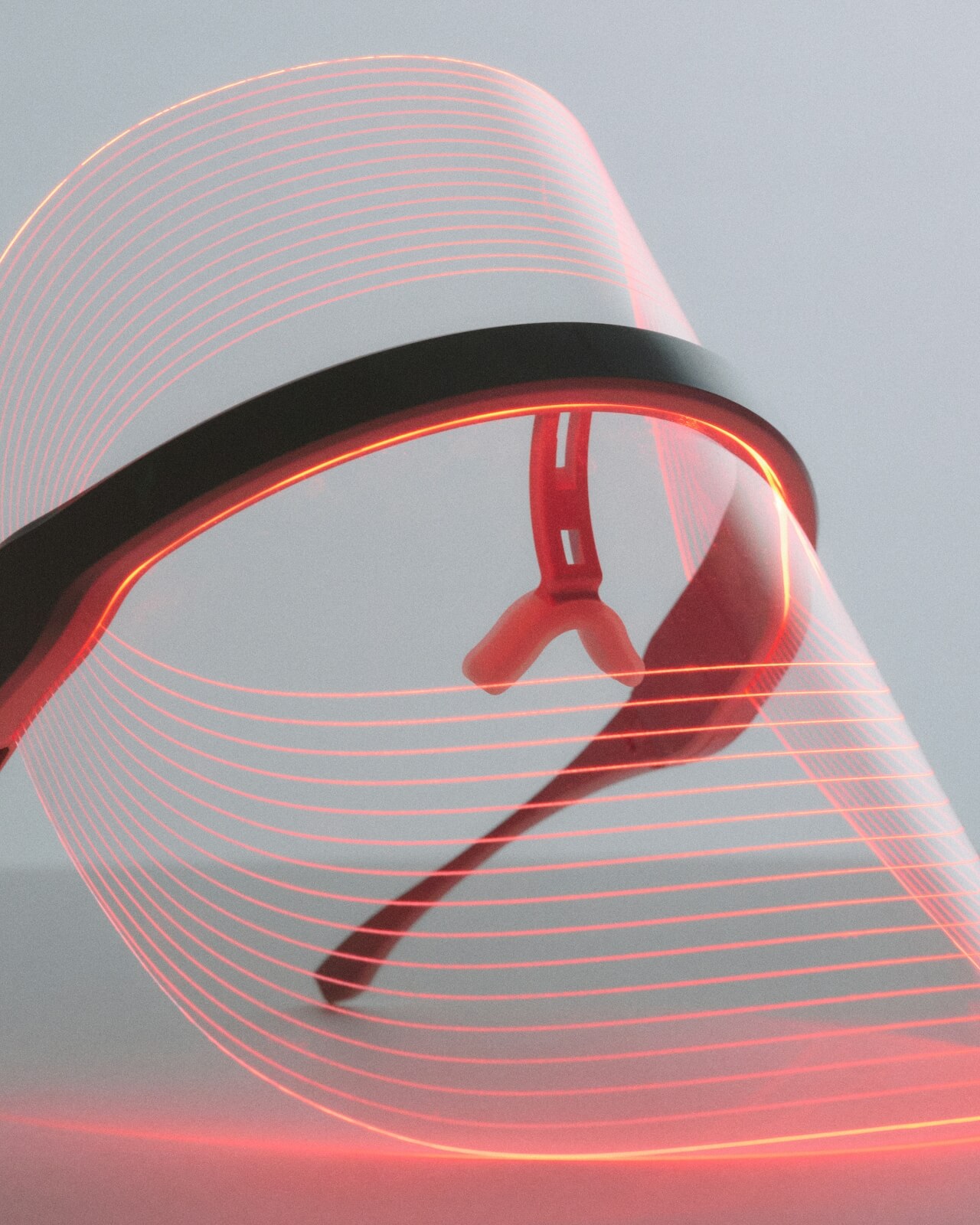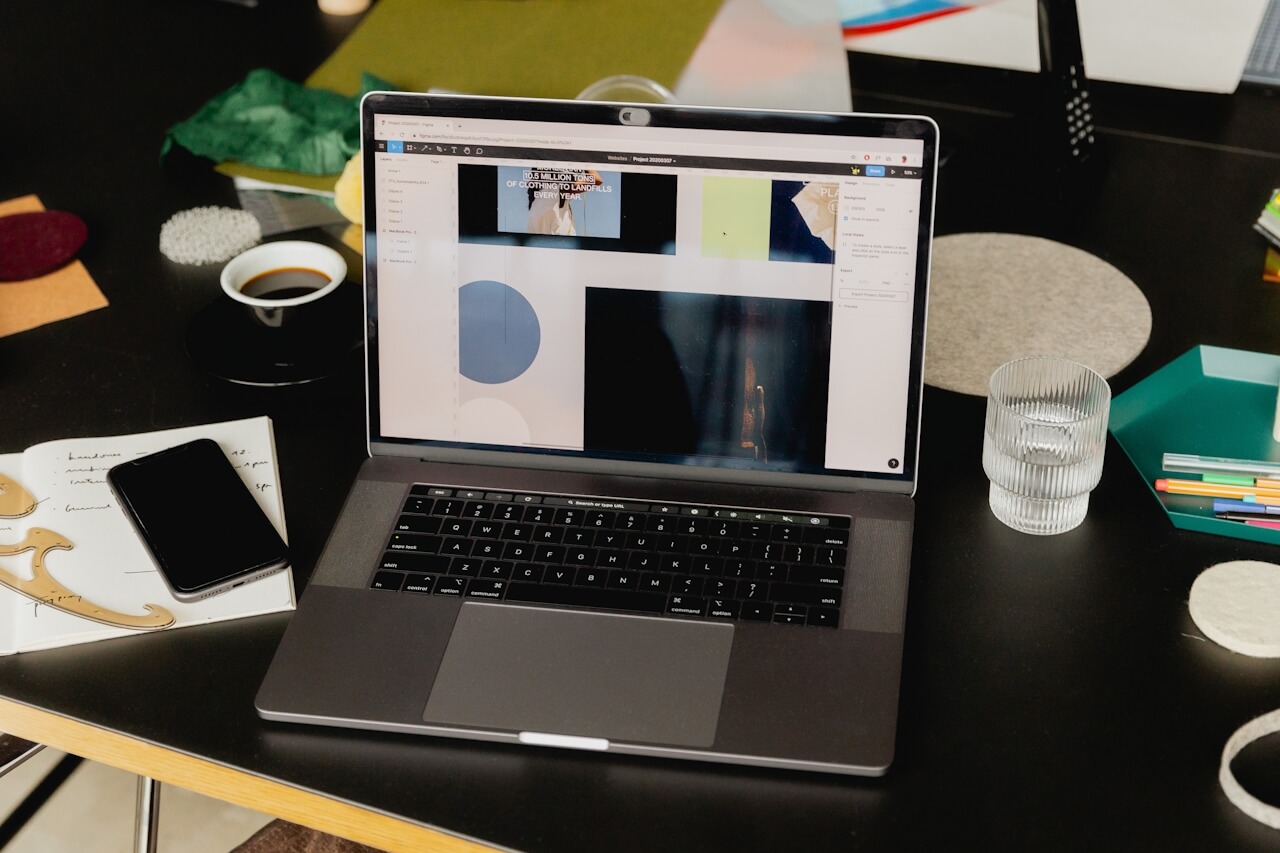Every agency has that one project folder they keep coming back to. The one where everything clicked — the client trusted the vision, the team hit flow state, and the results actually moved the needle. But when it comes time to turn that magic into an agency case study, most studios freeze up. They either oversell with breathless superlatives or undersell with clinical documentation.
The best case studies aren't portfolios or pitch decks. They're stories about transformation, told with just enough restraint to feel credible and just enough drama to keep people reading.
I learned this the hard way after watching a competitor win a dream client with work that was objectively weaker than ours. Their secret? They told a better story. They showed the messy middle, the pivots, the small victories that led to the big reveal. We just showed pretty pictures.
"The most compelling case studies feel like you're getting the director's commentary on a film you already love," says 67961be73378773c7b3d3674.
Start With the Change, Not the Challenge
Most agency case study templates begin with "The Challenge" — a section that reads like a problem statement from a design brief. But humans don't connect with problems; they connect with transformation. Lead with what changed. Show the founder who went from unknown to unavoidable. Show the rebrand that shifted perception so dramatically that competitors started copying it within months.
When Pentagram presents their work for Mastercard or The Met, they don't start with market research. They start with impact — the visceral difference between before and after. The backstory comes later, once you're already invested in the outcome.
This approach works because it mirrors how clients actually evaluate agencies. They don't hire you to solve problems; they hire you to create futures they can't imagine on their own.
Make the Process Visible Without Making It Boring
Every agency claims to have a "unique process," but most case studies make that process feel like reading a methodology textbook. The studios that win show process as story — the sketch that unlocked everything, the workshop where the CEO finally got it, the late-night Slack message that changed the entire direction.
I've seen agencies like Metabrand excel at this by treating process documentation like behind-the-scenes footage. They show the iterations that didn't work, the constraints that forced creativity, the happy accidents that became core features. It's vulnerable without being self-indulgent.
The key is selecting moments that reveal craft and thinking simultaneously. Show the typeface exploration that reveals your understanding of the brand's voice. Show the color studies that demonstrate cultural awareness. Make the invisible labor visible, but make it fascinating.
The best case studies make you feel like you were in the room when the breakthrough happened — not reading about it months later.
Numbers Tell, Stories Sell, But Specifics Convince
Every agency case study needs metrics, but not every metric needs to be a percentage increase. Sometimes the most powerful proof is qualitative — the competitor who called asking who did the rebrand, the investor who reached out after seeing the new identity, the customer who said the packaging made them switch brands.
When you do use numbers, make them specific and surprising. "Increased sales by 40%" is forgettable. "Sold out of three months of inventory in six days" tells a story. "10x increase in applications from designers we actually wanted to hire" reveals both impact and intention.
The best metrics connect creative decisions to business outcomes. Show how the typography choice improved readability and reduced customer service contacts. Explain how the simplified color palette cut production costs while improving shelf presence. Make the ROI of good design undeniable.
Let the Work Breathe, But Don't Let It Speak for Itself
There's a tempting minimalism in letting beautiful work stand alone, but clients hire agencies for thinking as much as making. Your case study should feel like sitting next to the creative director while they walk through the work — pointing out the details that matter, explaining the decisions that weren't obvious, revealing the strategy embedded in every choice.
This doesn't mean over-explaining. It means being selective about which insights to share. Choose the revelations that make people see the work differently, that teach them something about their own brand challenges.
The most successful agency case study I ever produced included a single paragraph about why we chose a particular shade of blue. It wasn't about the color — it was about showing how deeply we think about every decision. That paragraph got mentioned in every new business call for two years.
Great case studies don't just document what you did. They reveal how you think, why you care, and what becomes possible when someone trusts you with their brand. They turn completed projects into invitations for the next one.










